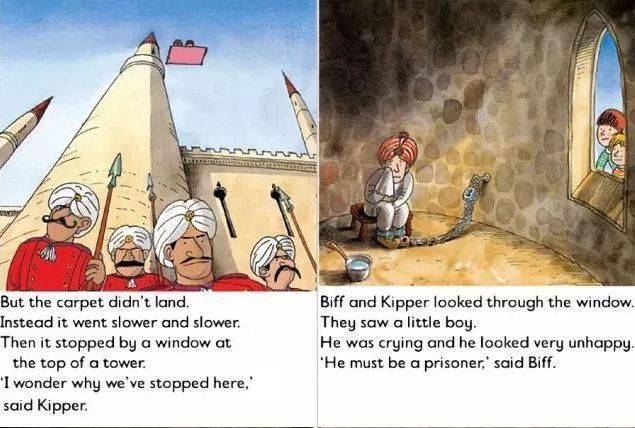Carpet Thread: The Story of a Materials Journey
Carpet Thread: The Story of a Materials Journey is a captivating exploration of the history and development of carpet-making materials. This book delves into the unique and fascinating world of carpet threads, revealing their journey from ancient times to the present day.The book begins by tracing the history of carpet-making back to ancient civilizations, including Persia, China, and India. It then focuses on the different types of materials used to create carpets, including wool, silk, cotton, and synthetic fibers. The book discusses the evolution of these materials over time, as well as the changes in carpet-making techniques and patterns.Carpet Thread is not only a history of materials, but also a exploration of the cultural and social aspects of carpet-making. It examines how carpets have been used to express cultural identity, status, and religious beliefs throughout history. The book also considers the role of carpets in social events and rituals, as well as their importance in trade and commerce.This book is a must-read for anyone interested in textiles, history, or cultural heritage. It offers a fascinating insight into the world of carpet-making and the materials that have shaped its history.
Carpet thread, often overlooked in our daily lives, is a crucial component in the creation of one of the world's oldest and most widely used floor coverings. This journey of a carpet thread is unique and fascinating, reflecting the intersection of culture, history, and technology.
The history of carpet making can be traced back to ancient times, with evidence of carpeting found in Persia, Egypt, and China dating back over 2,000 years. However, it was the nomadic tribes of Central Asia who perfected the art of carpet making, developing a wide range of patterns and designs that are still used today.
The first step in the journey of a carpet thread is the spinning of the yarn. This process, which requires great skill and attention to detail, transforms raw material into a soft, strong, and often beautifully colored yarn. The yarn is then dyed using natural pigments derived from plants and minerals, adding further color and depth to the final product.

Next, the yarn is ready for weaving. Here, the skill of the weaver is paramount, as they must create a carpet that is both aesthetically pleasing and functional. The patterns and designs woven into the carpet often tell stories, reflect cultural values, or incorporate symbols with special meanings.
Once the carpet is woven, it undergoes a series of finishing processes. These include washing to remove any impurities, drying in the sun to set the colors, and sometimes even steaming to give the carpet its final shape and texture.

The final product is a beautiful, functional, and often highly prized item that can be found in homes, businesses, and even places of worship around the world. Carpets not only add beauty and warmth to a space but also provide comfort, privacy, and even acoustic benefits.
However, the journey of a carpet thread does not end here. In recent years, there has been a growing awareness of the environmental impact of the carpet industry. As such, many manufacturers are now exploring sustainable alternatives to traditional manufacturing methods. This includes using renewable resources for yarn production, adopting eco-friendly dyeing techniques, and developing降解(可生物降解)地毯线程,这些地毯线程在生命结束后可以自然分解,而不会对环境造成长期影响。

The future of carpet making looks set to be even more exciting than the past. With advancements in technology and a greater focus on sustainability, we can expect to see even more innovative and beautiful carpets grace our homes and public spaces in the years to come. In conclusion, the journey of a carpet thread is a fascinating one that takes us on a cultural and historical journey through time. From its humble beginnings as a necessary part of daily life to its current status as a highly prized item in homes and businesses around the world, the carpet thread continues to evolve and adapt to meet the needs of society. However, as we embrace this journey, we must also ensure that we do so in a way that is sustainable for our planet and future generations.
Articles related to the knowledge points of this article:
Title: Stylish and Functional: The Rise of the Waisted Jacket in Winter Fashion
Title: The Evolution of Ties: A Cultural and Stylistic Journey
Title: Mastering the Art of Tying a Tie: A Comprehensive Guide
Title: The Elusive World of Authentic Hermès Ties: A Comprehensive Guide



